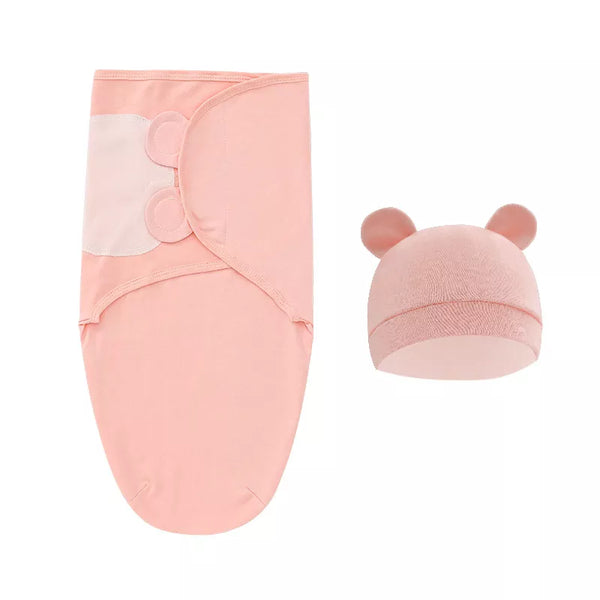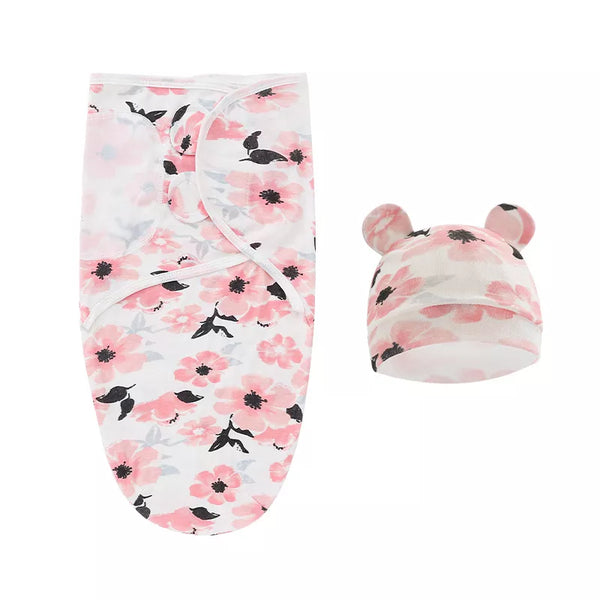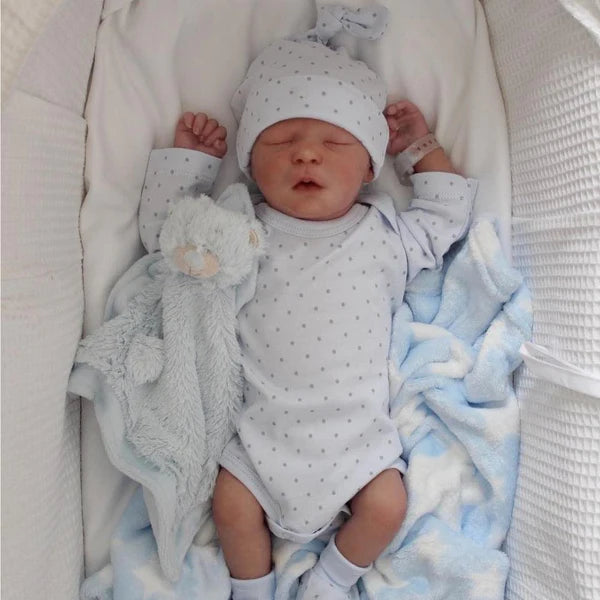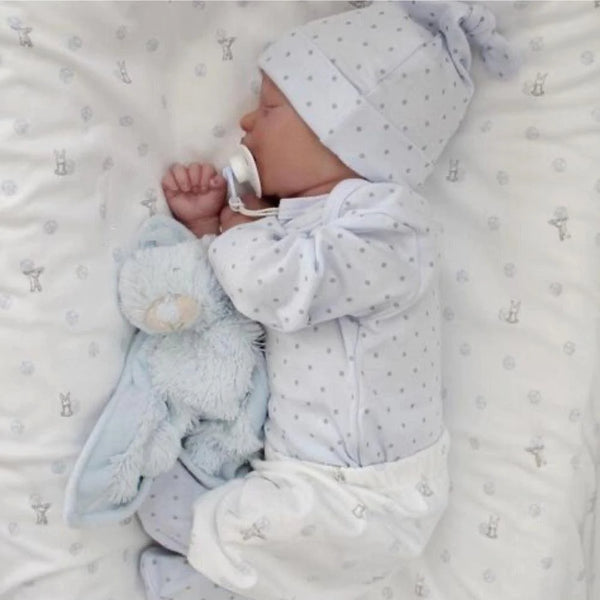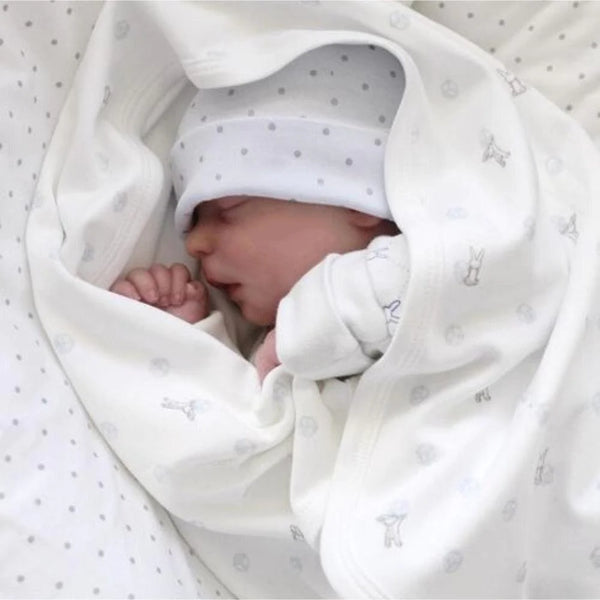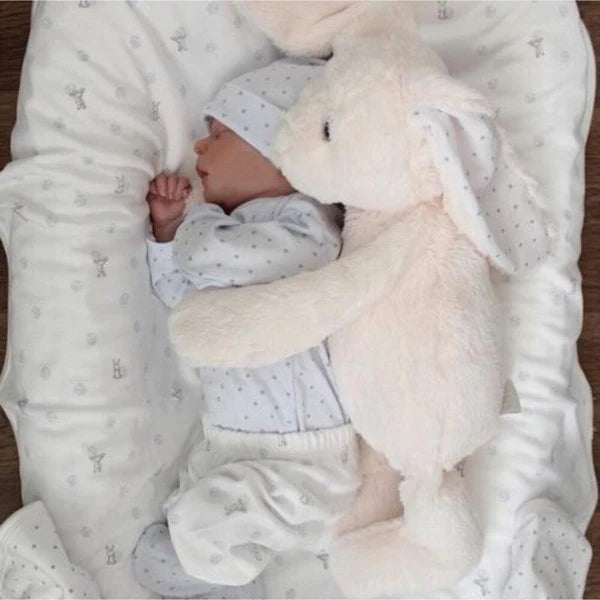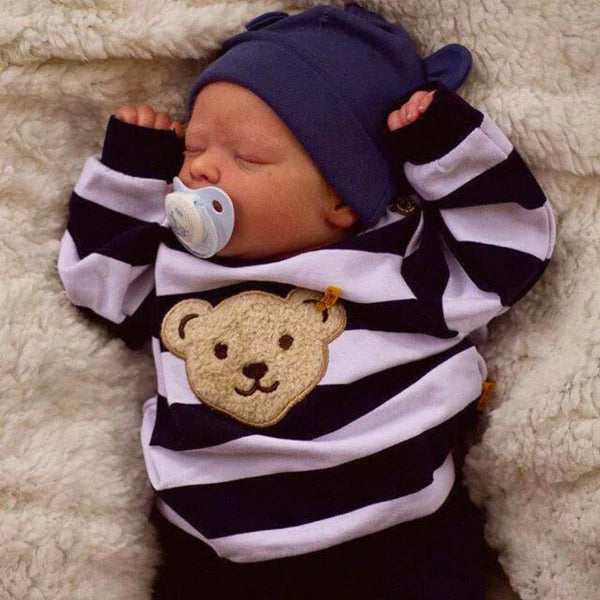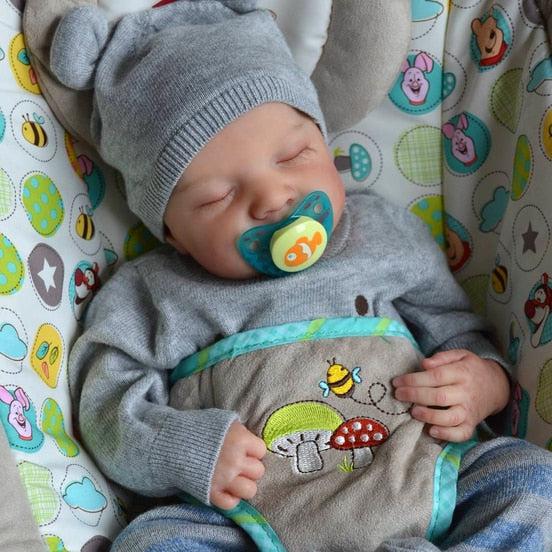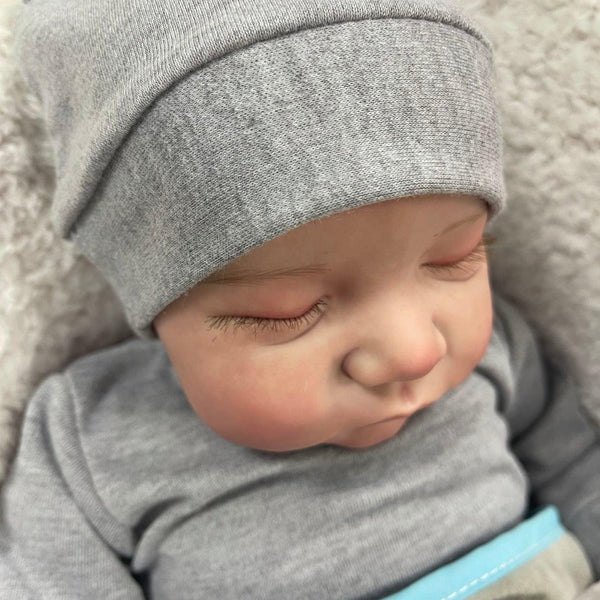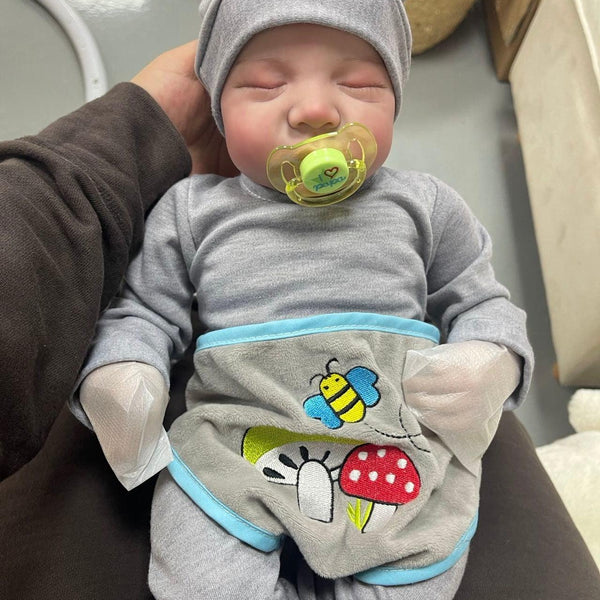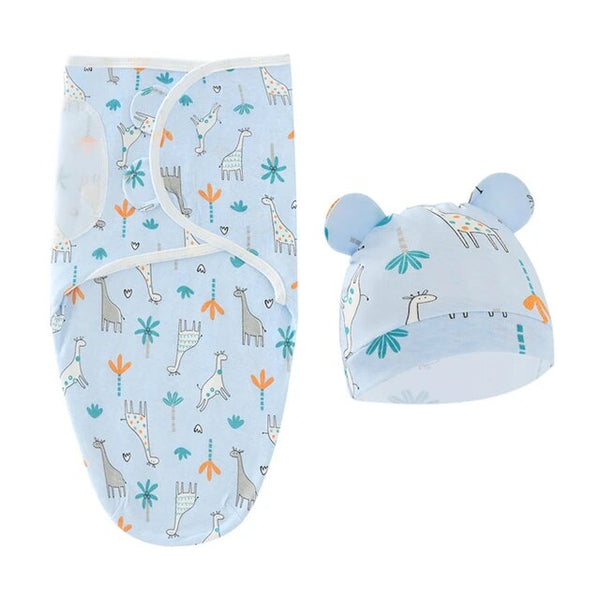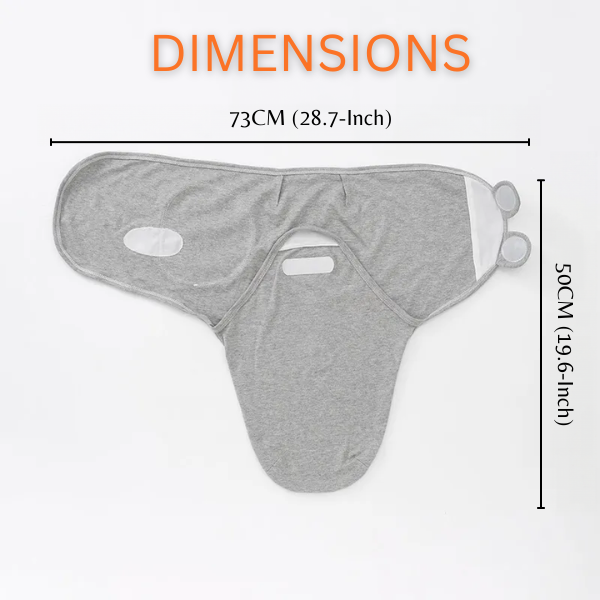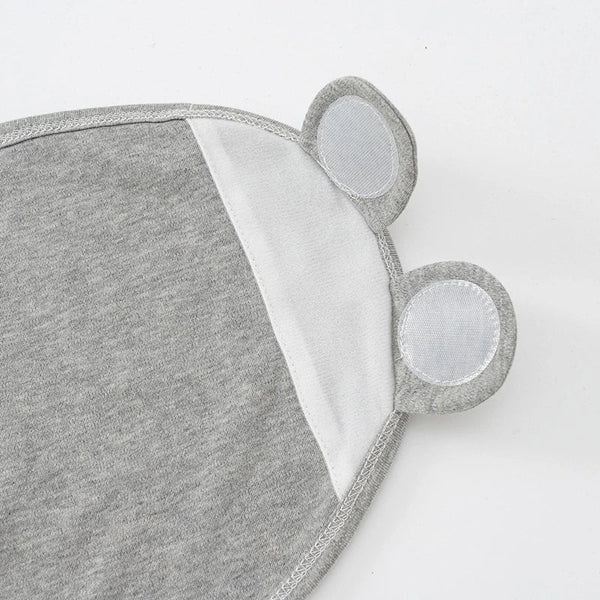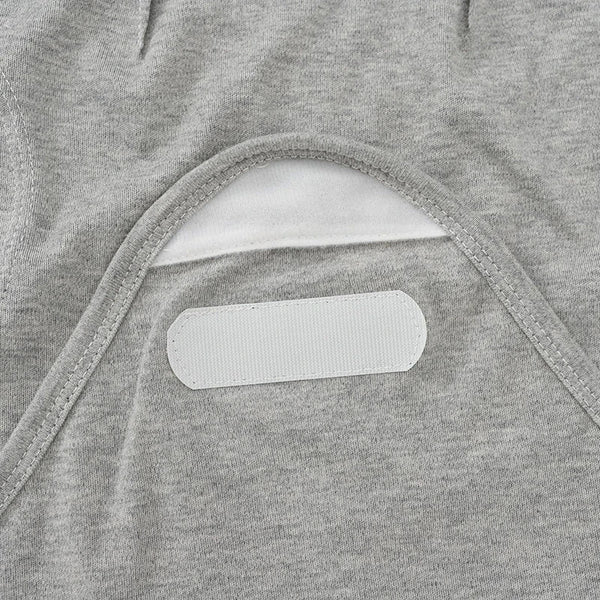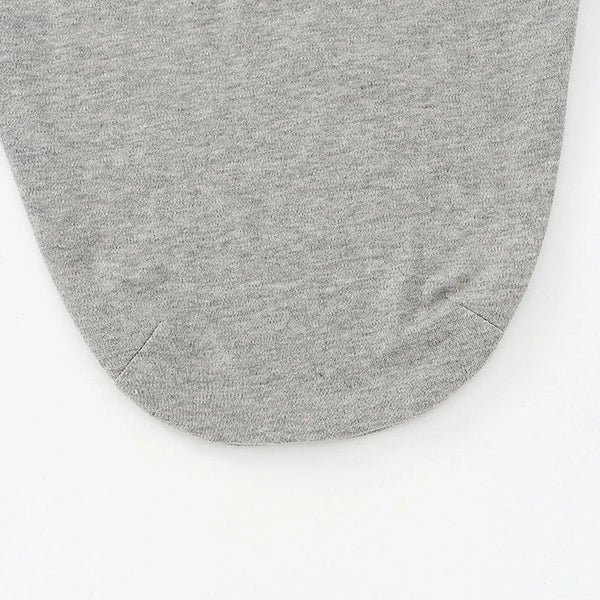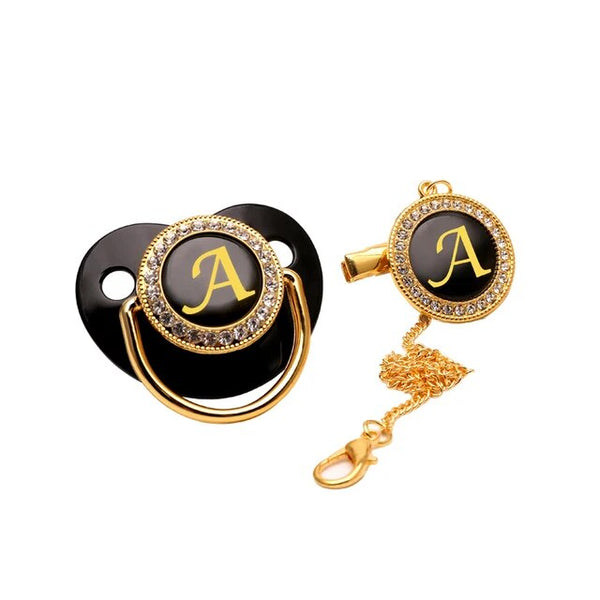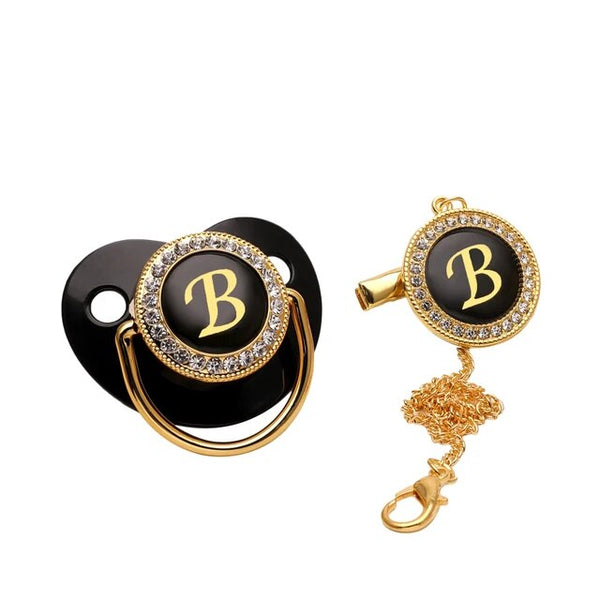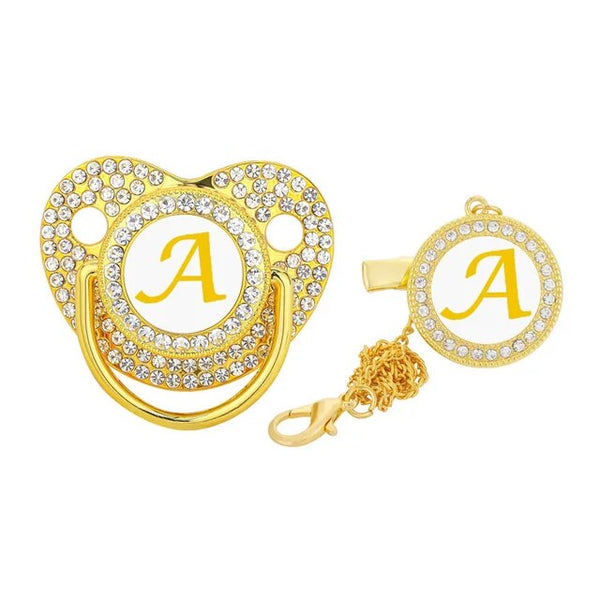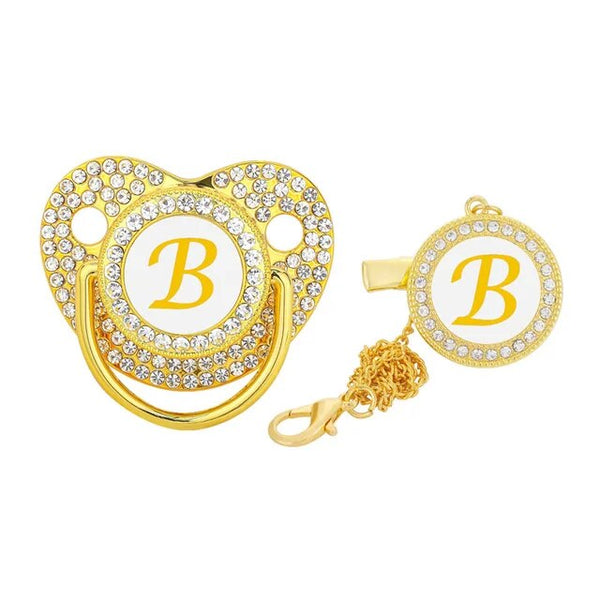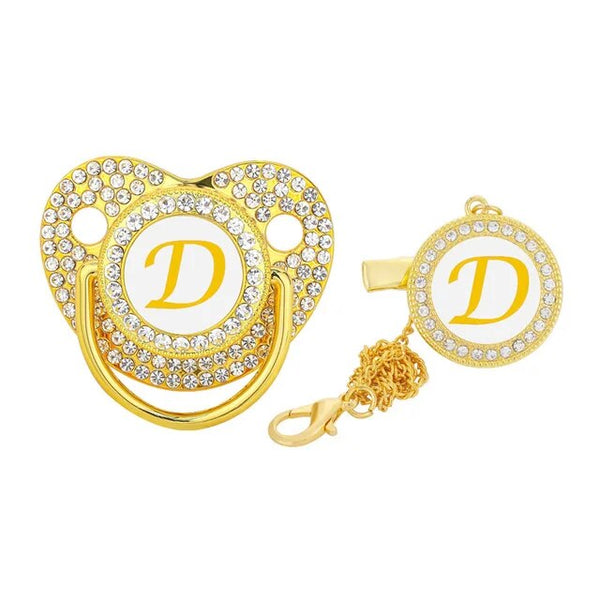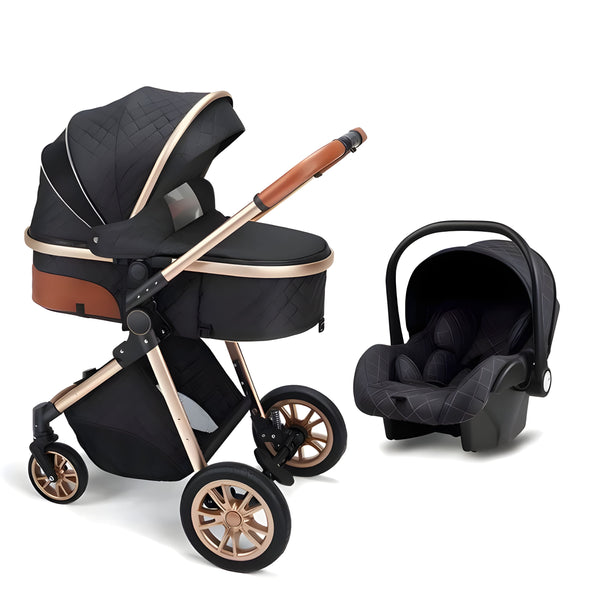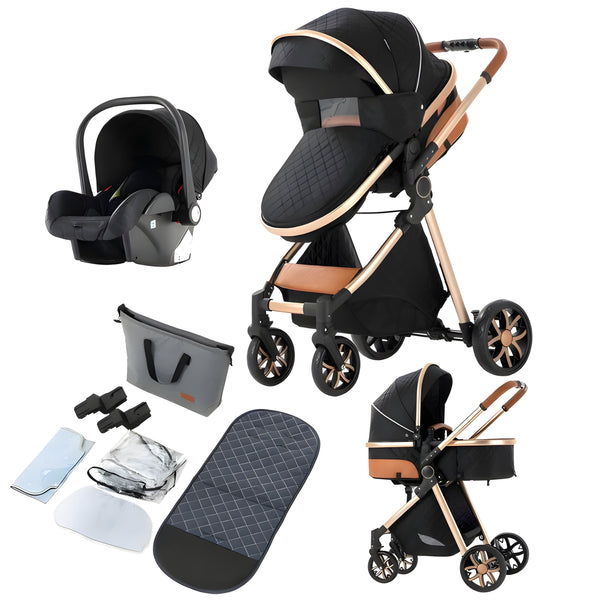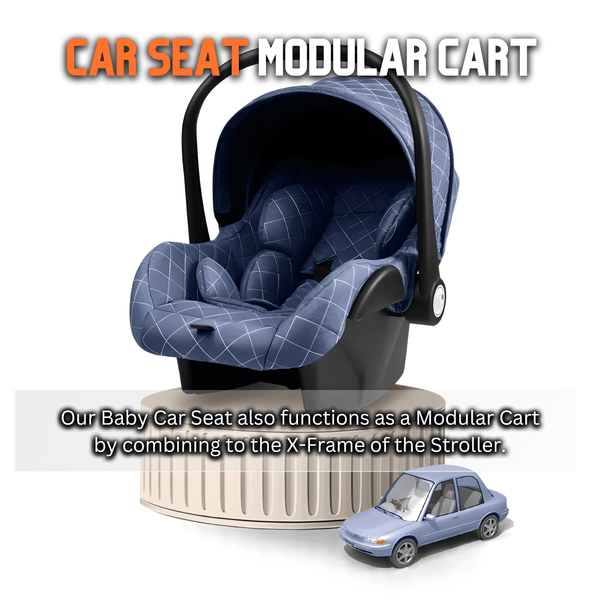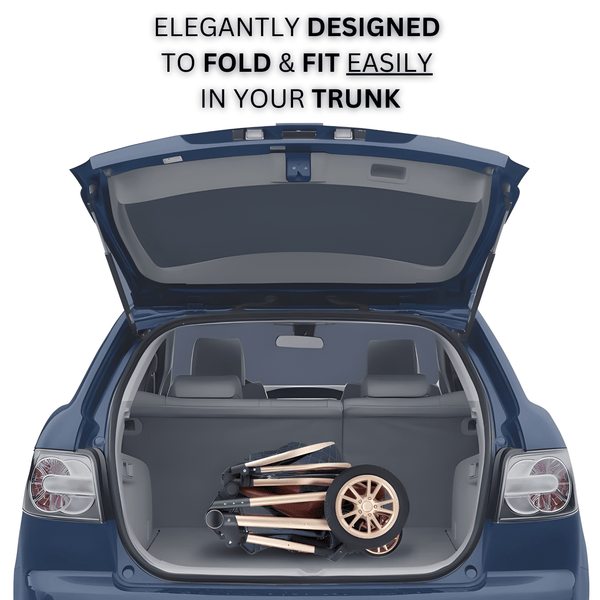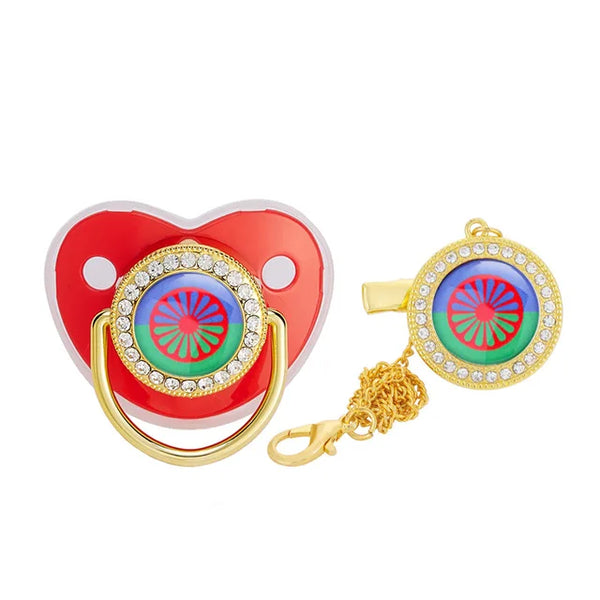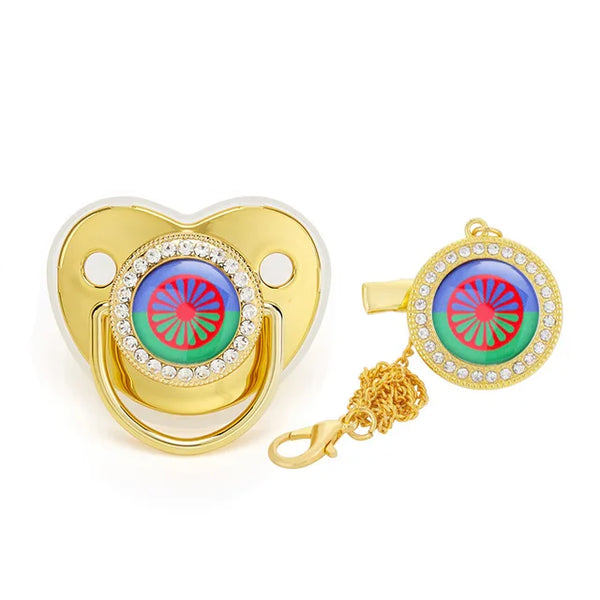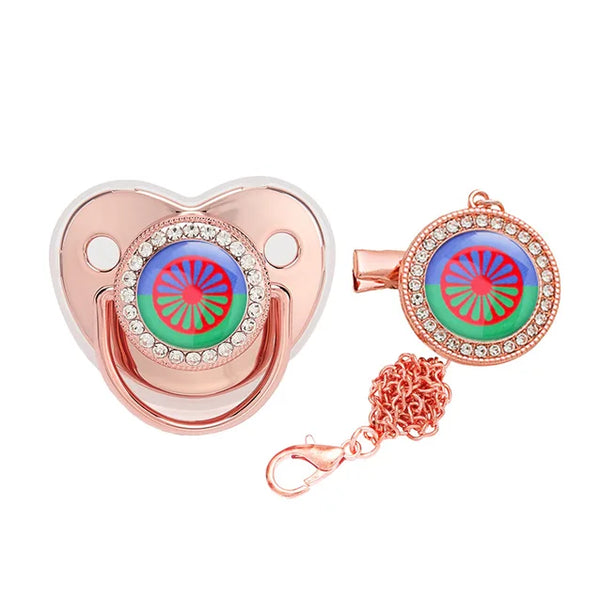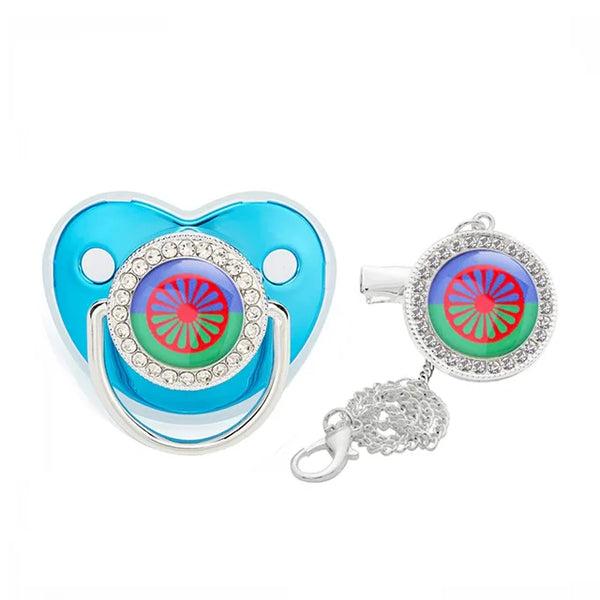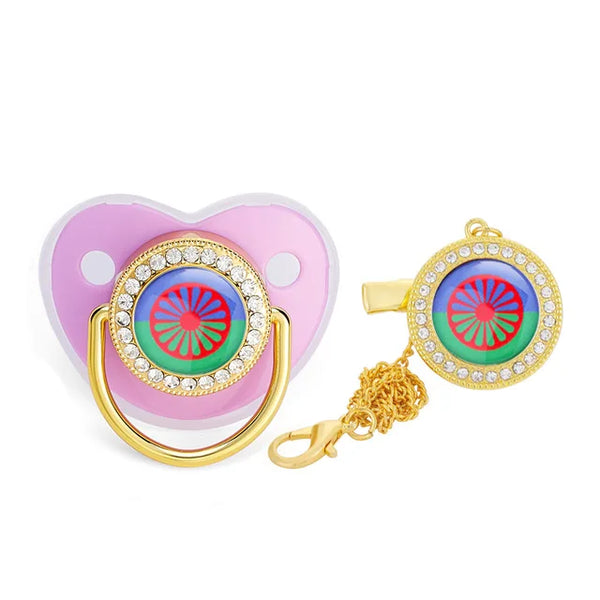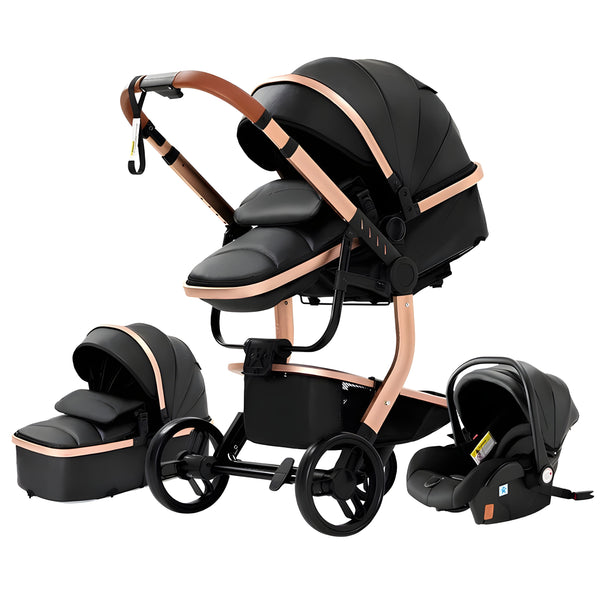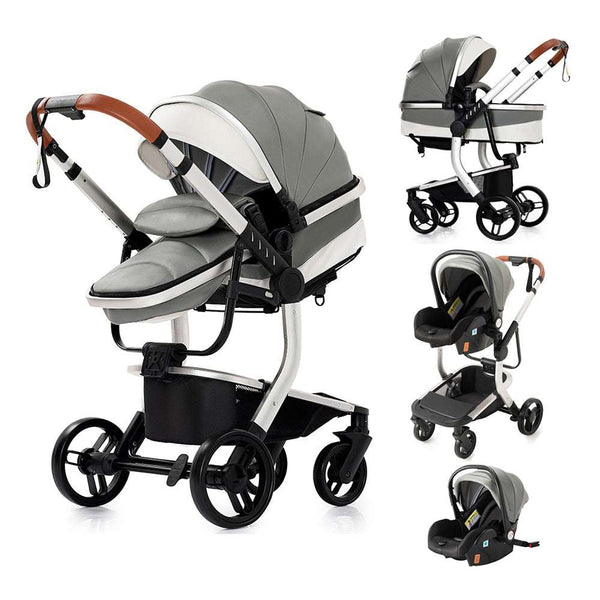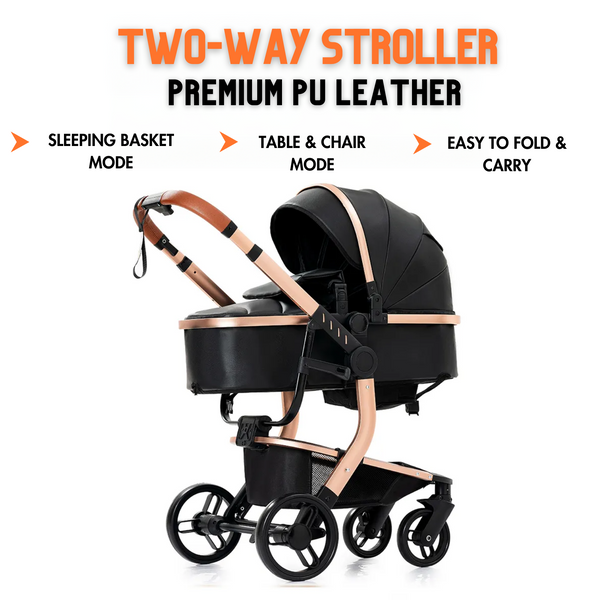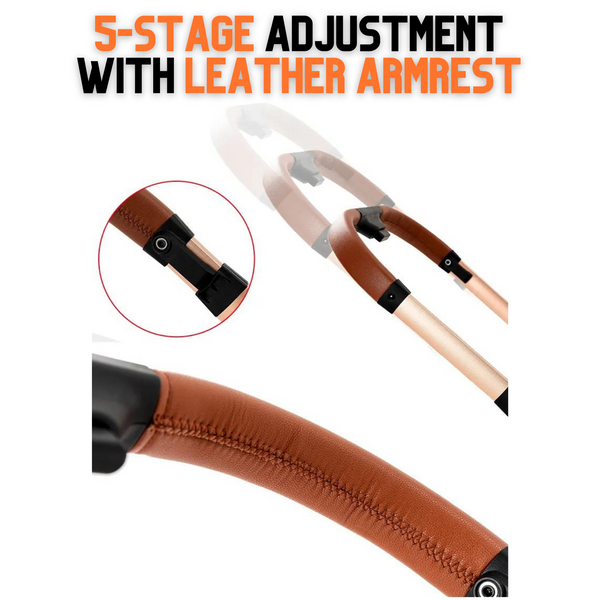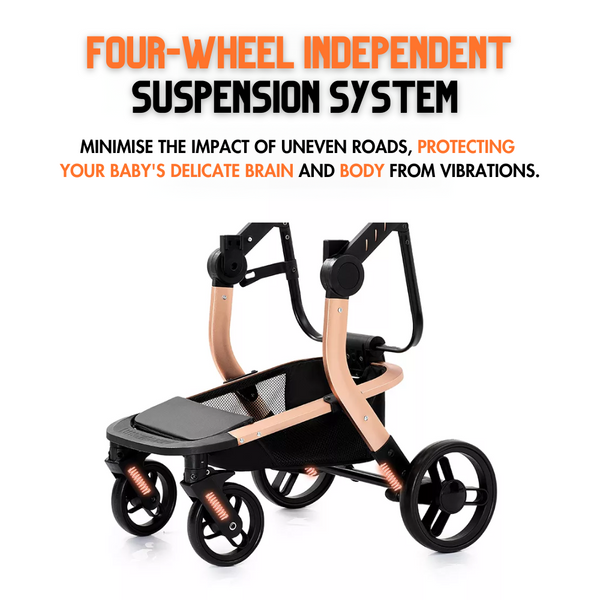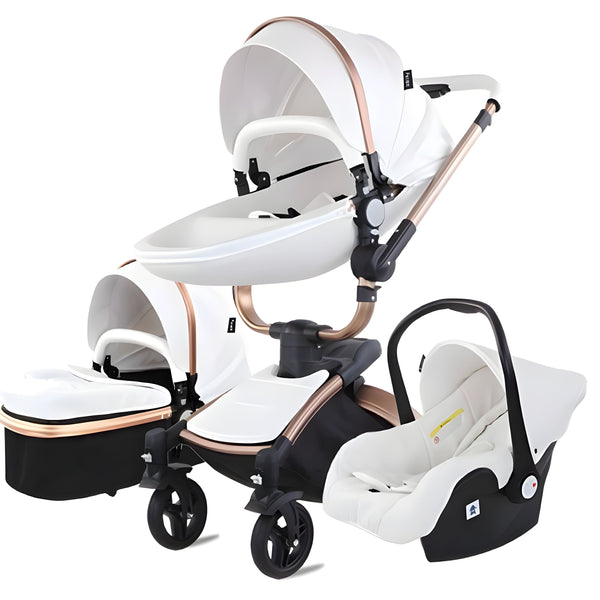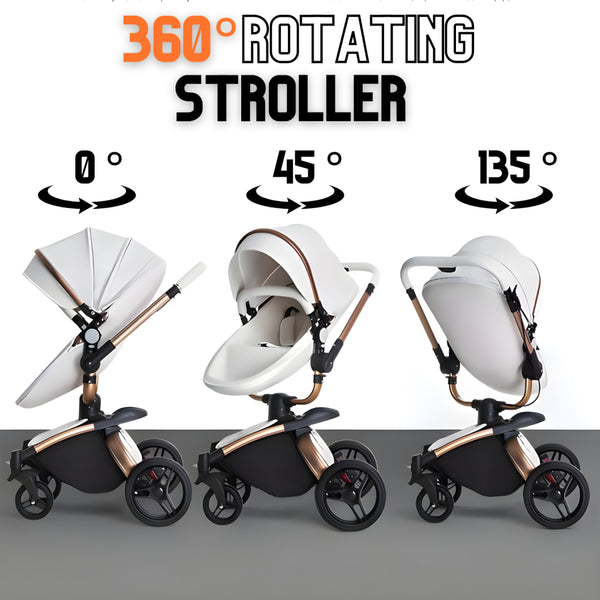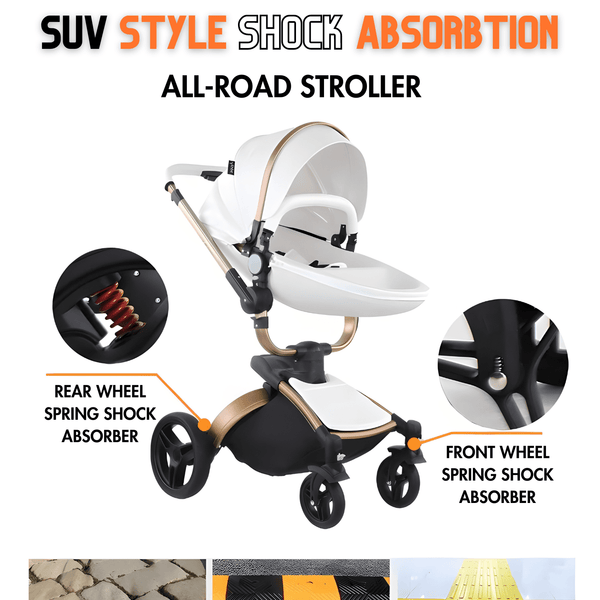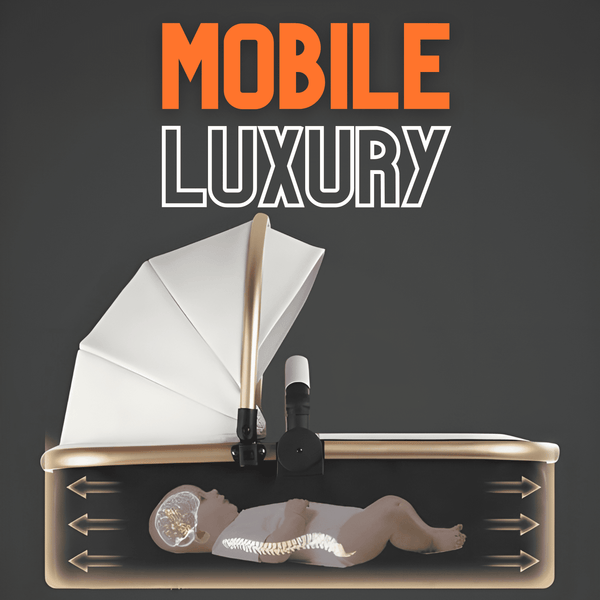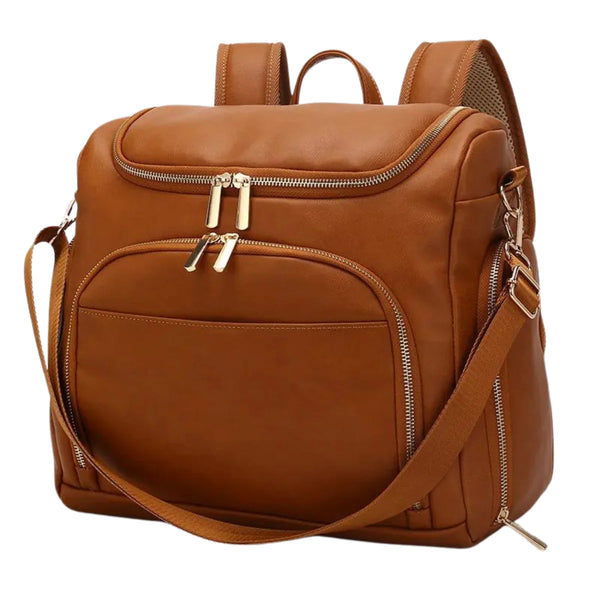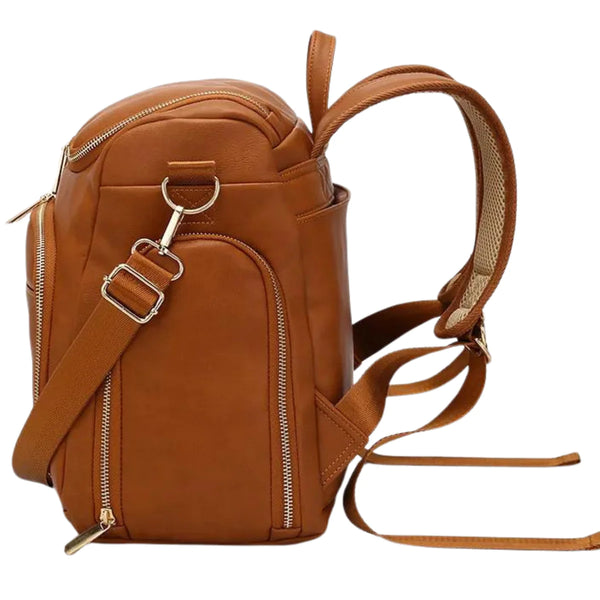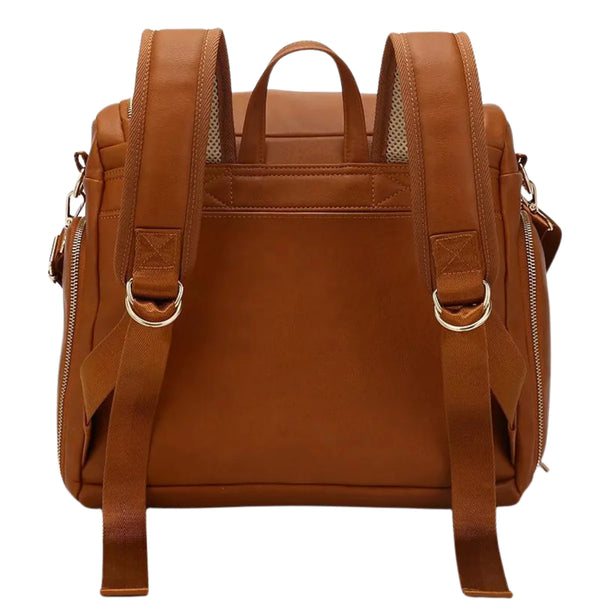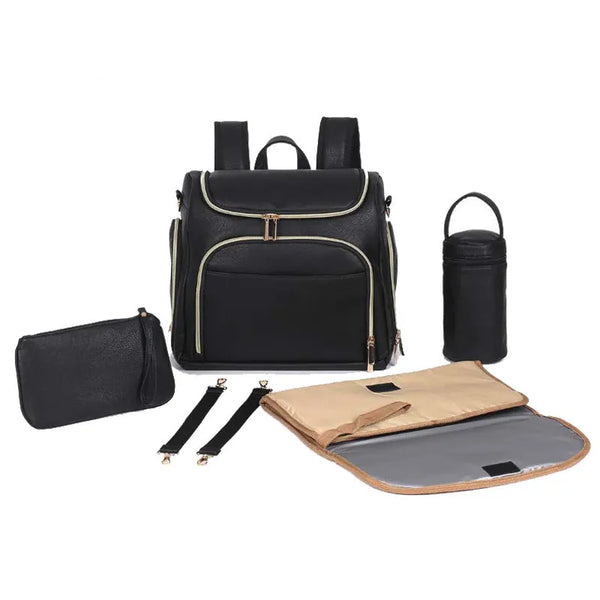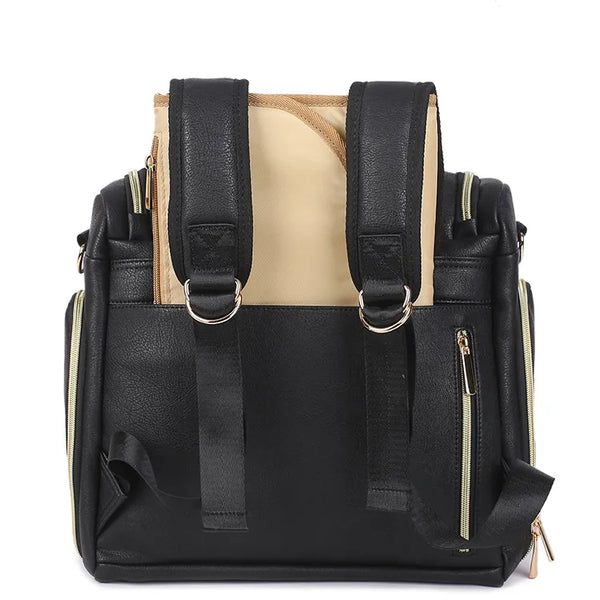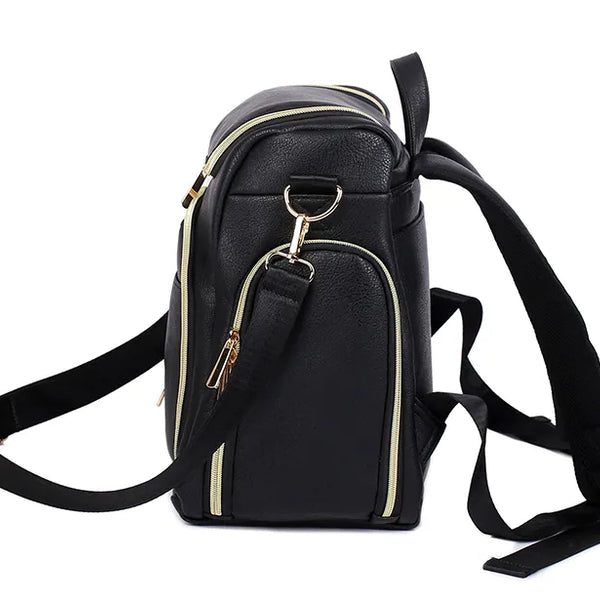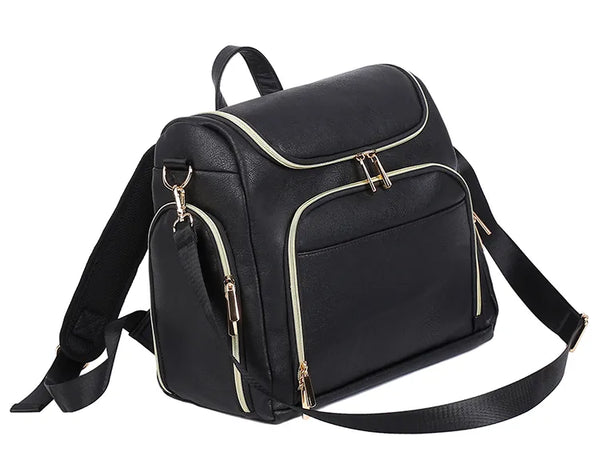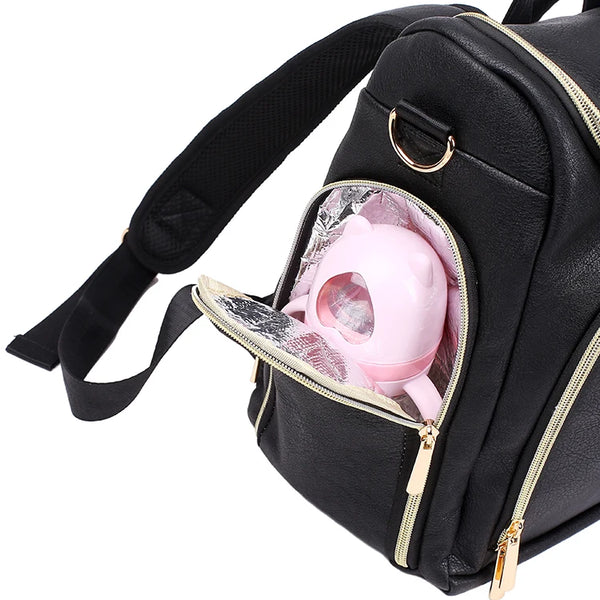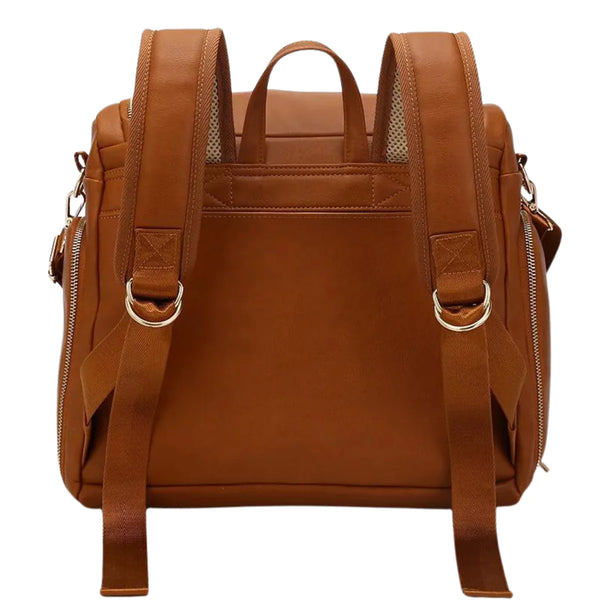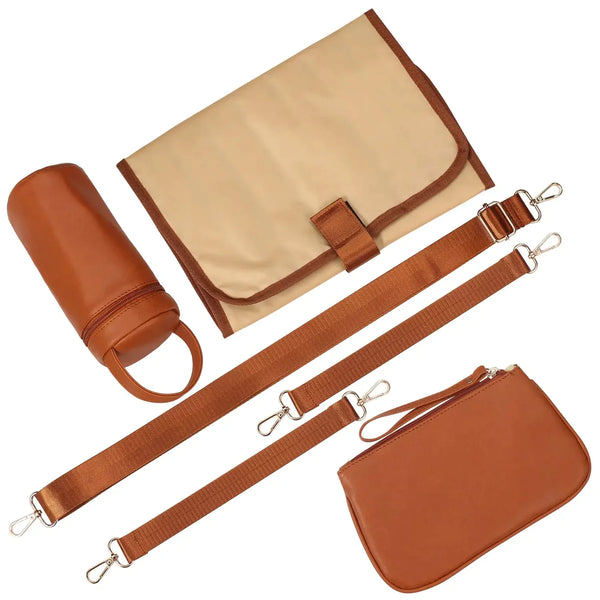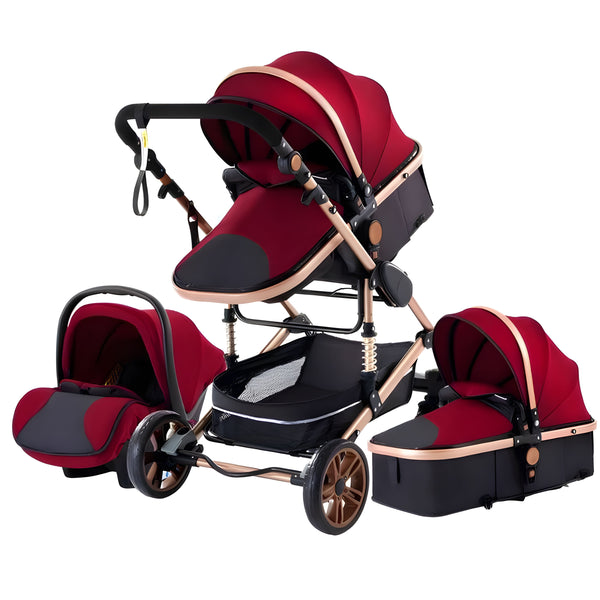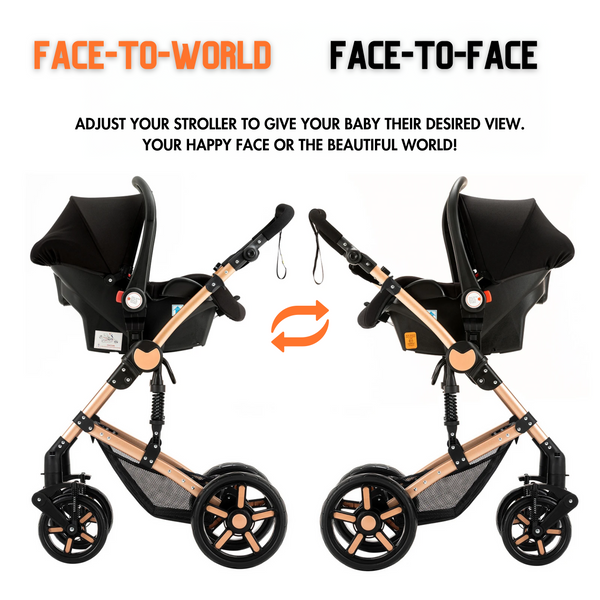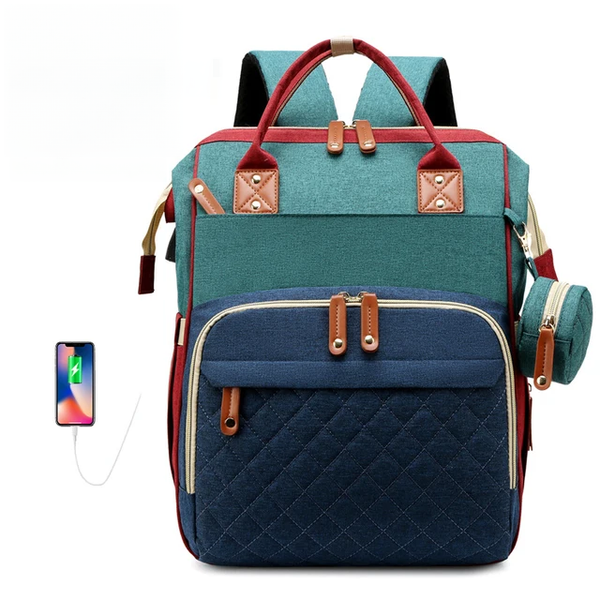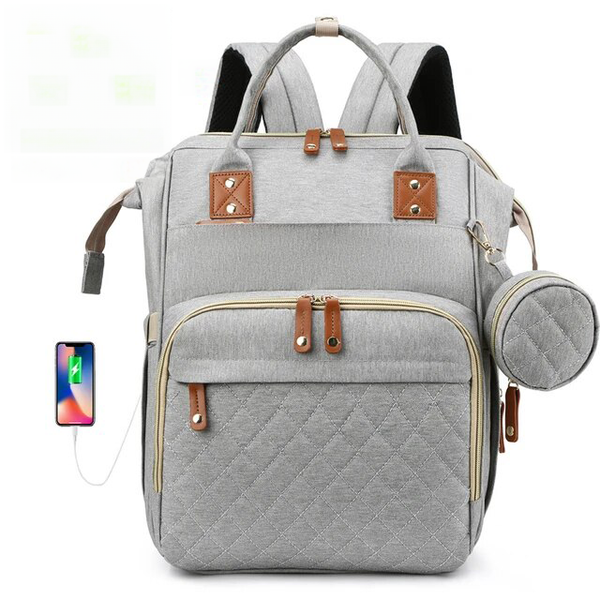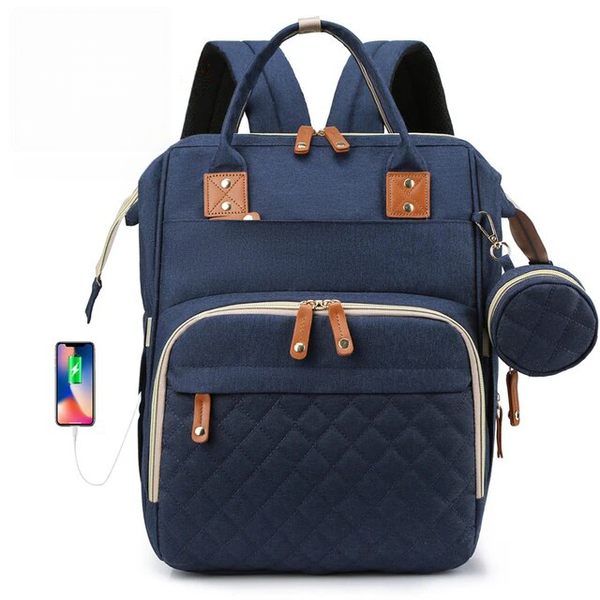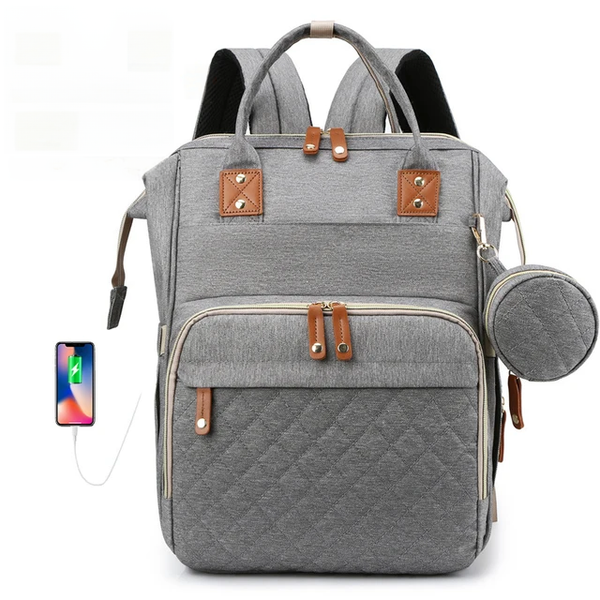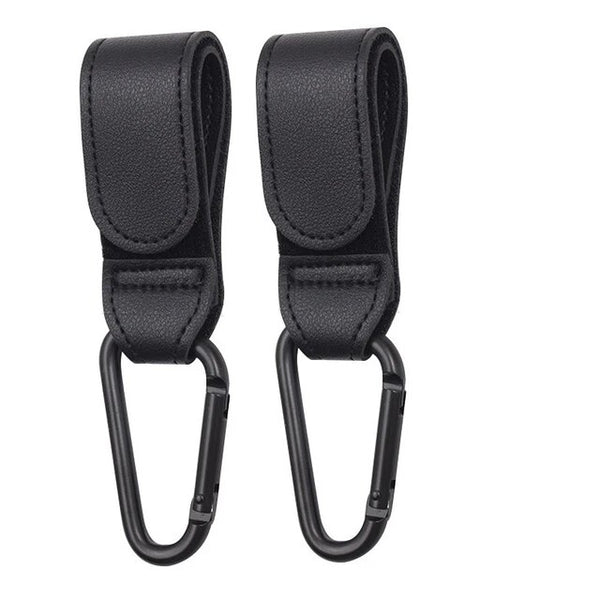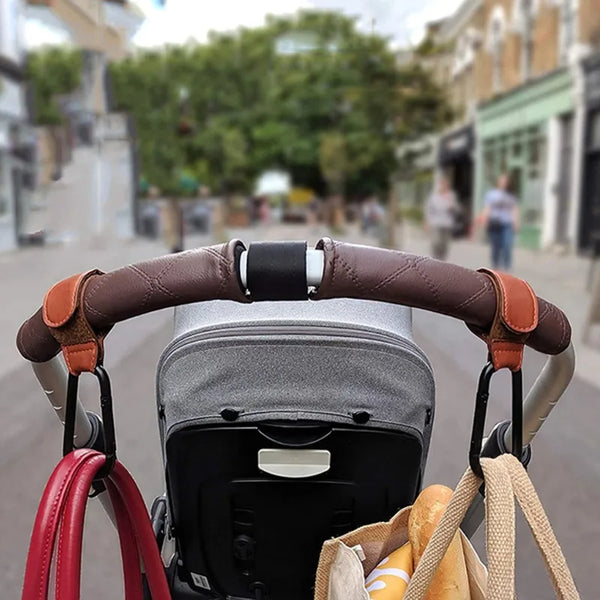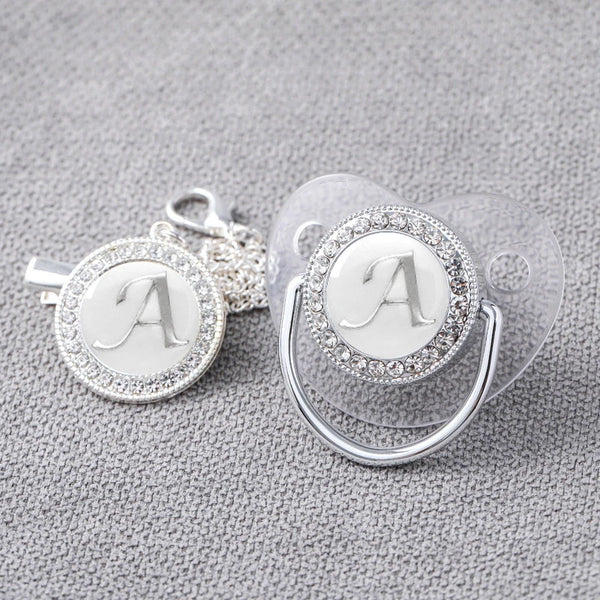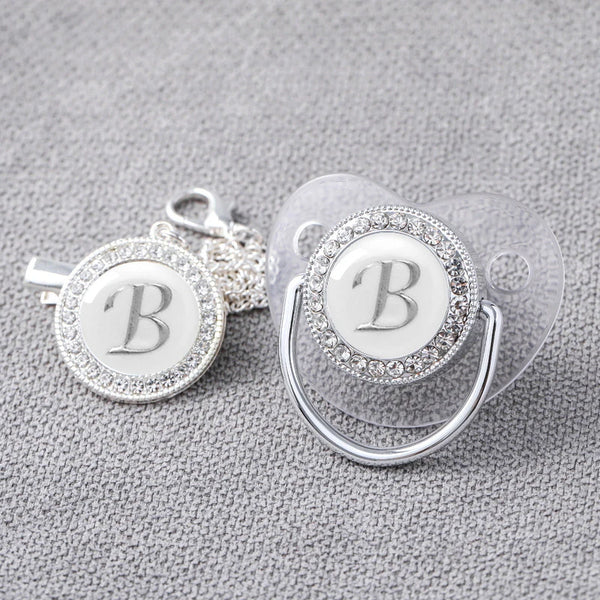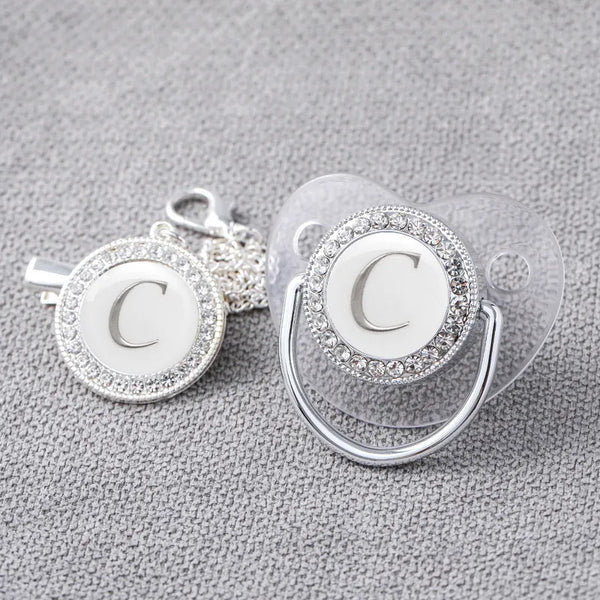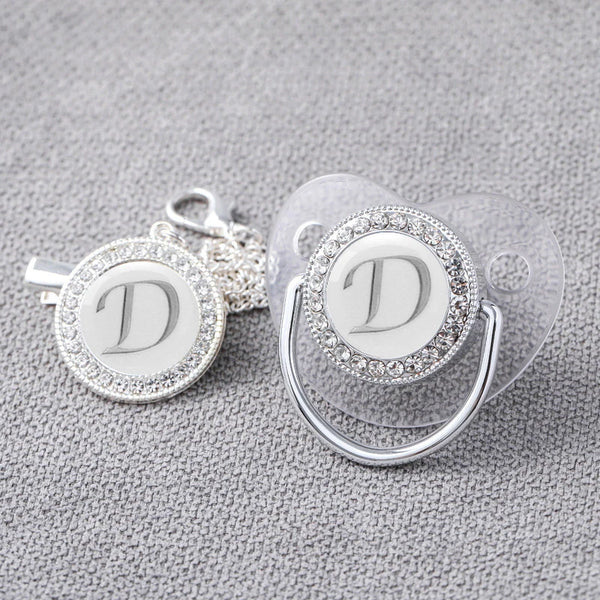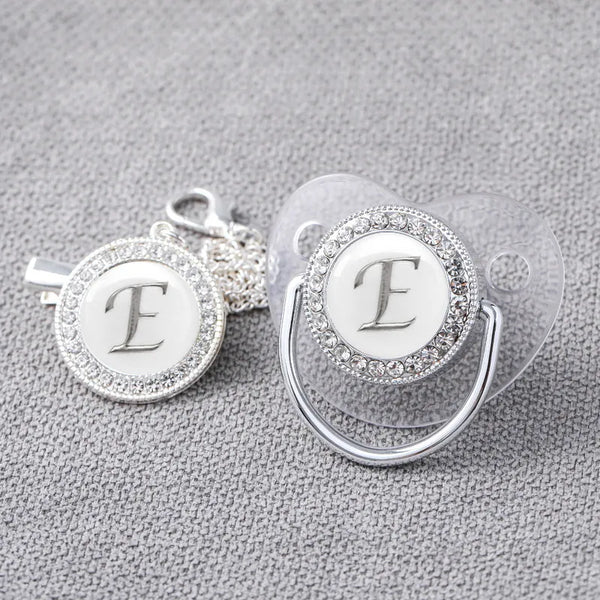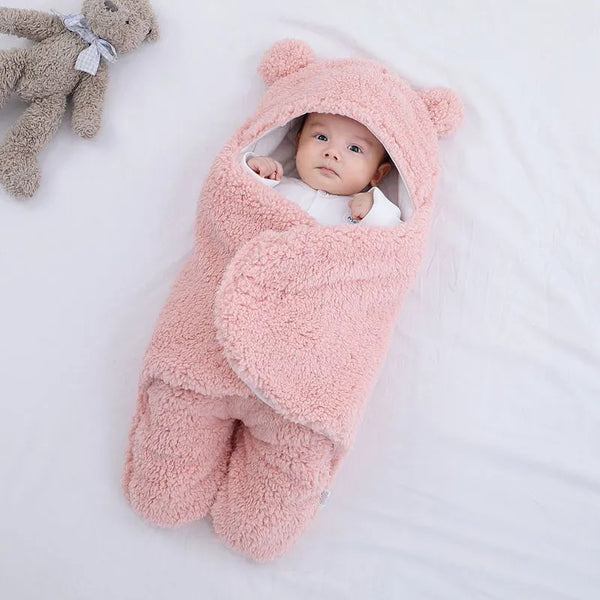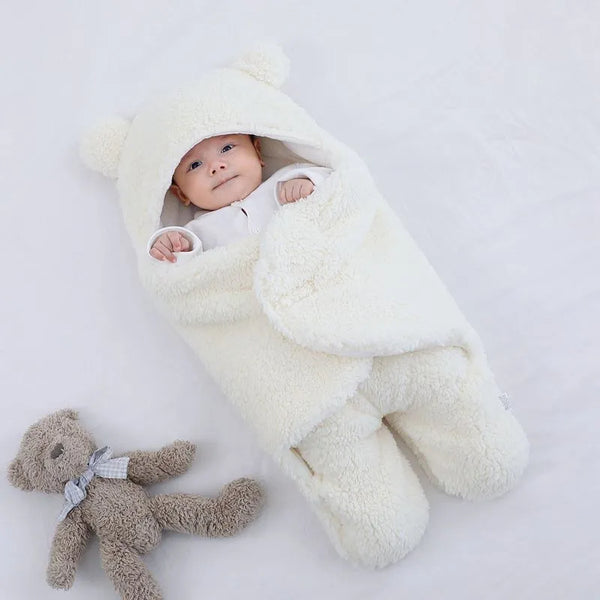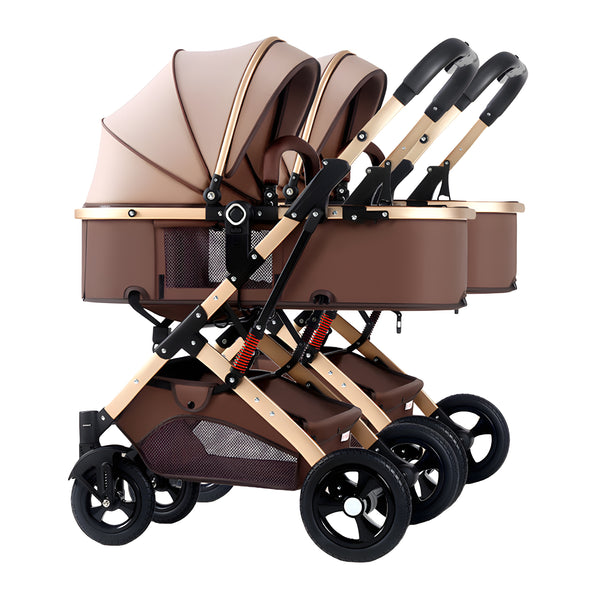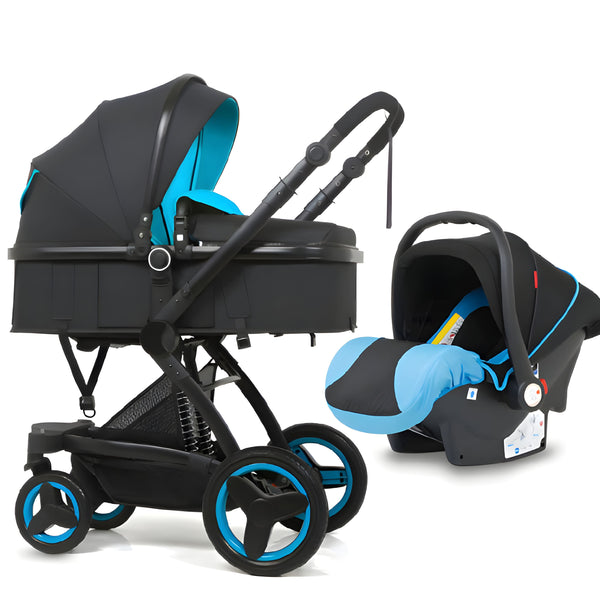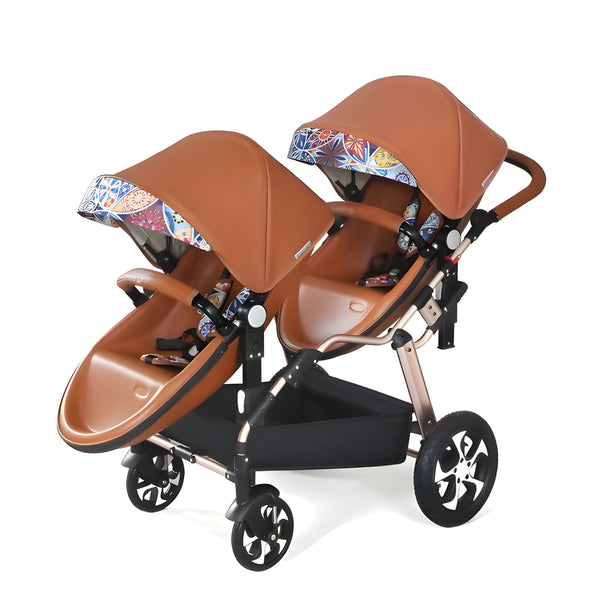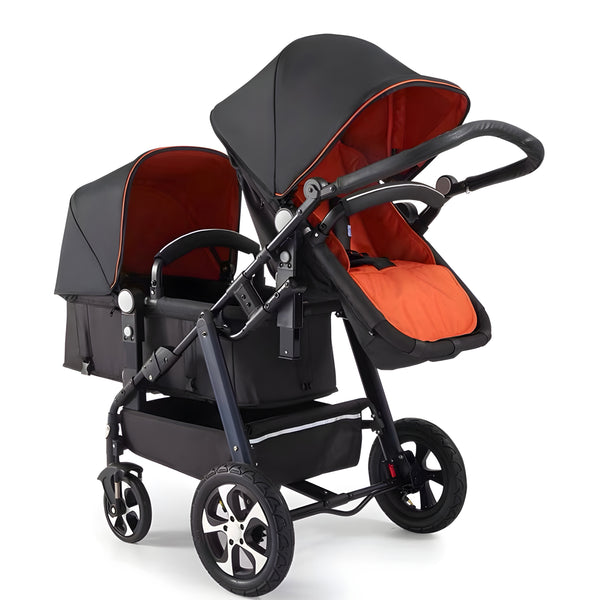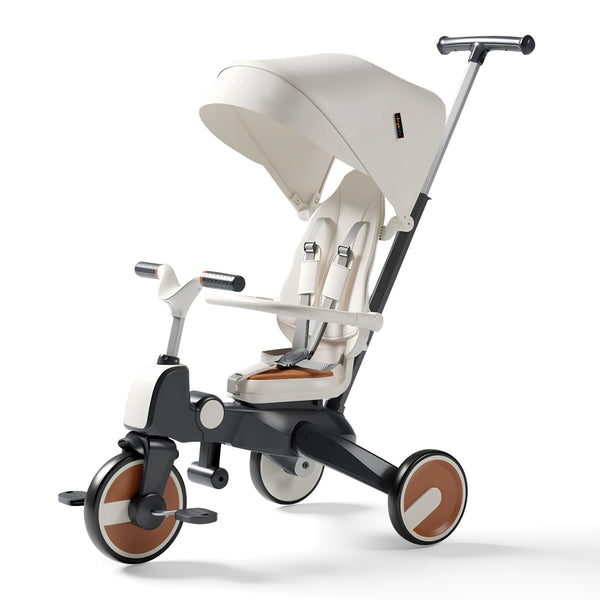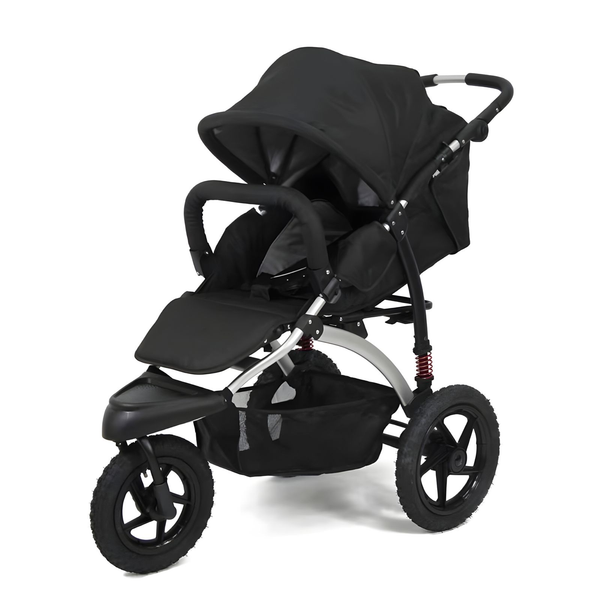Teaching your child how to ride a bike is a major milestone, but it can also be challenging. Many parents wonder whether they should start with training wheels or a balance bike. The truth is, balance bikes are the best way to teach kids to ride, making the transition to pedal bikes smooth and effortless. In this guide, we’ll explore the benefits of balance bikes, why they are superior to training wheels, and how they help children develop essential biking skills.
What Is a Balance Bike?
A balance bike is a pedal-free bicycle designed to help toddlers and young children develop balance and coordination before transitioning to a traditional pedal bike. Instead of relying on training wheels, kids propel themselves forward by pushing off the ground with their feet, naturally learning to balance along the way.
Benefits of Balance Bikes
1. Teaches Balance and Coordination Early
Unlike training wheels, which create an artificial sense of stability, balance bikes encourage kids to develop core strength and coordination. Since children must balance the bike on their own, they naturally build the skills required to ride a pedal bike without the fear of falling.
2. Eliminates the Need for Training Wheels
One of the biggest advantages of balance bikes is that they remove the need for training wheels altogether. Kids who start on training wheels often struggle when making the switch to a regular bike because they haven’t developed the necessary balancing skills. With a balance bike, this transition happens naturally and seamlessly.
3. Boosts Confidence and Independence
A balance bike allows children to control their movements, improving their confidence. Since they can place their feet on the ground at any time, they feel secure and empowered, making them more eager to practice.
4. Faster Transition to a Pedal Bike
Many kids who start on a balance bike skip the training wheels phase entirely and move straight to a pedal bike by age 4 or 5. Since they’ve already mastered balance, all they need to learn is how to pedal.
5. Lightweight and Easy to Maneuver
Balance bikes are lighter than traditional bikes with training wheels, making them easier for kids to handle. A lightweight frame helps young riders steer and control their bike with greater ease, leading to better overall coordination.
6. Encourages an Active Lifestyle
Riding a balance bike helps toddlers and young kids stay active, improving their overall fitness, motor skills, and coordination. It also encourages outdoor play, reducing screen time and fostering a love for biking from an early age.
How to Choose the Best Balance Bike
When selecting a balance bike for your child, consider these key factors:
-
Adjustable Seat Height: Ensure the bike grows with your child for extended use.
-
Lightweight Frame: A lighter bike is easier for kids to handle.
-
Durable Tires: Foam or air-filled tires provide better grip and comfort.
-
Easy-to-Grip Handlebars: Comfortable handlebars help with steering control.
Balance bikes are undoubtedly the best way to teach kids how to ride. They help develop balance, coordination, and confidence, making the transition to a pedal bike smooth and stress-free. By starting with a balance bike, your child will learn essential biking skills faster and with more enjoyment. If you’re looking for the perfect way to introduce your little one to cycling, a balance bike is the way to go!
Ready to Get Your Child Started?
Explore our collection of premium balance bikes designed for toddlers and young children. Help your child ride with confidence today!




